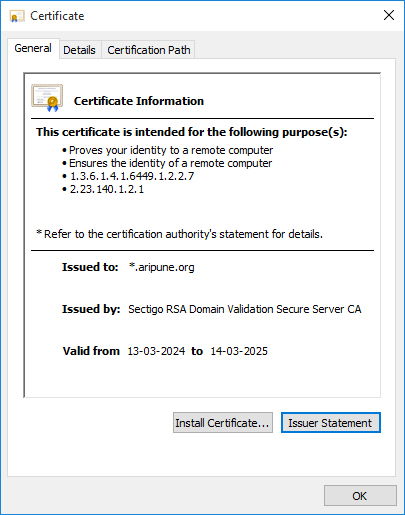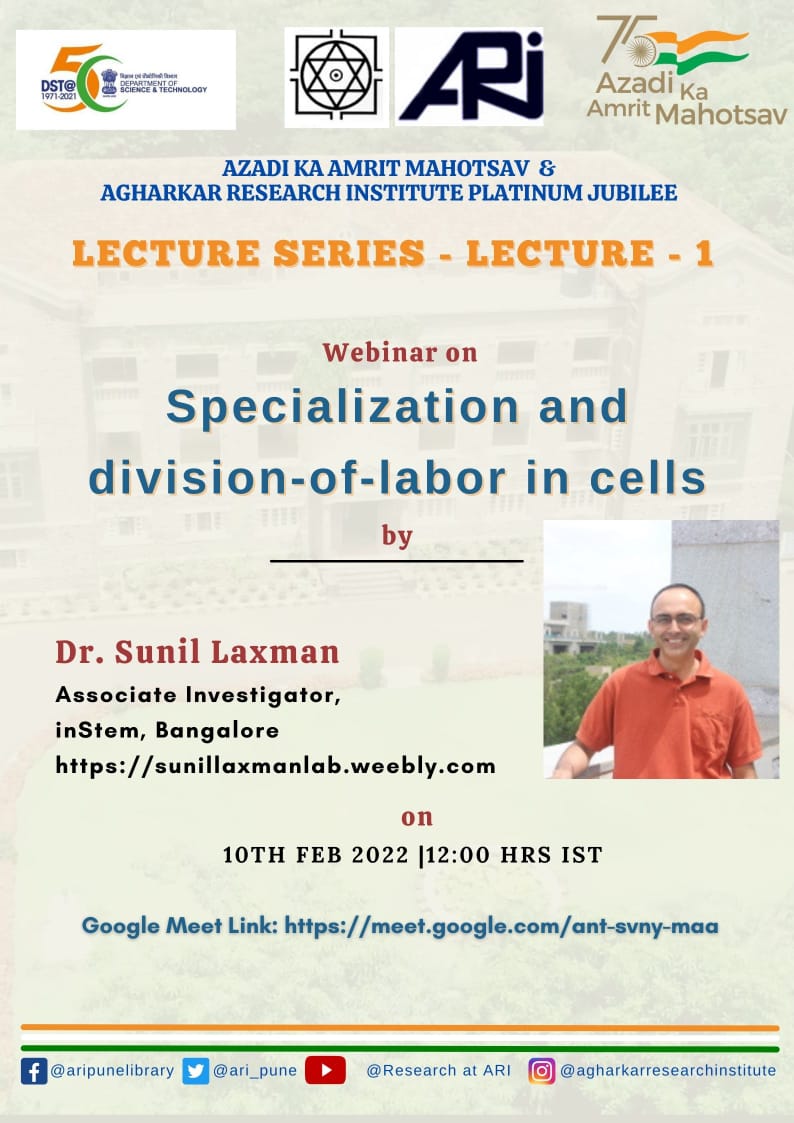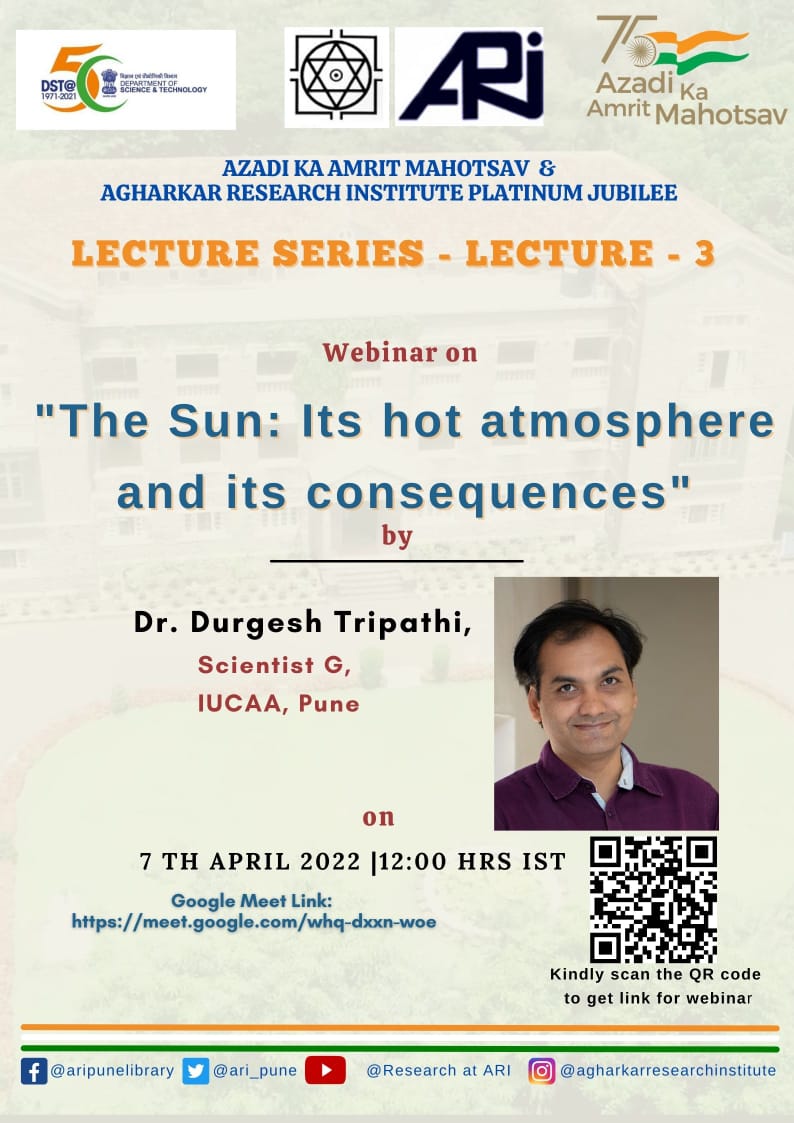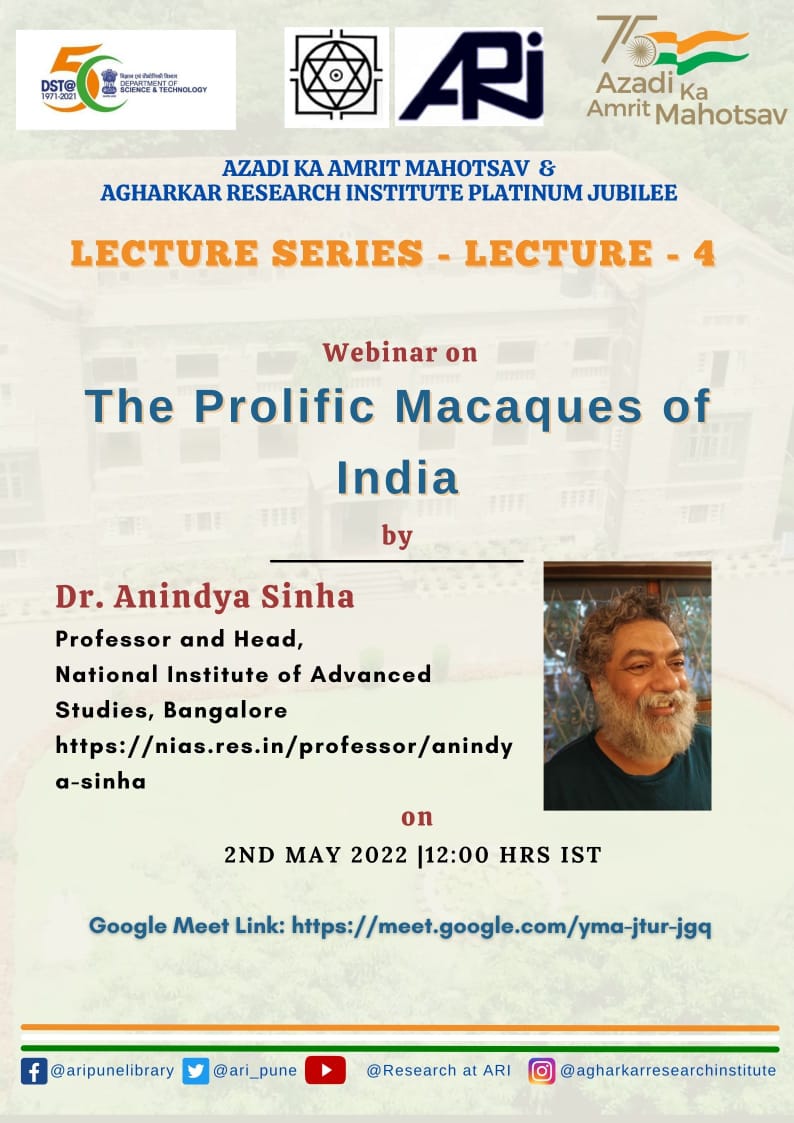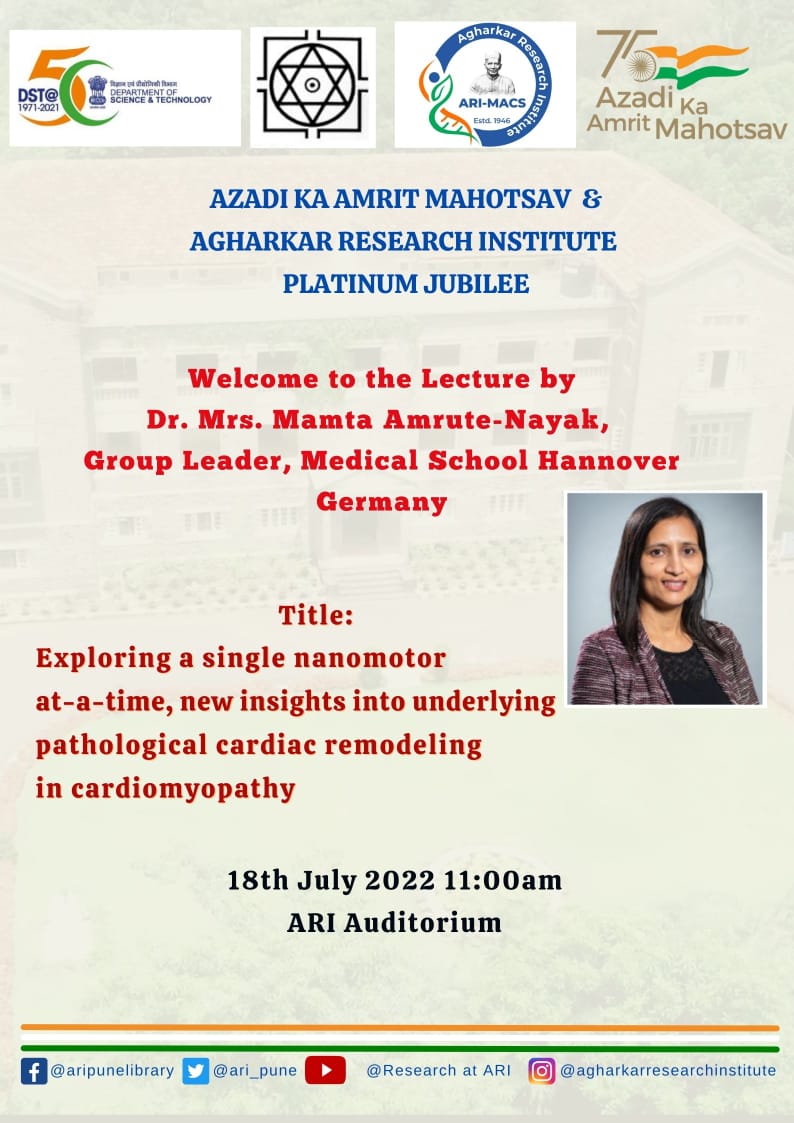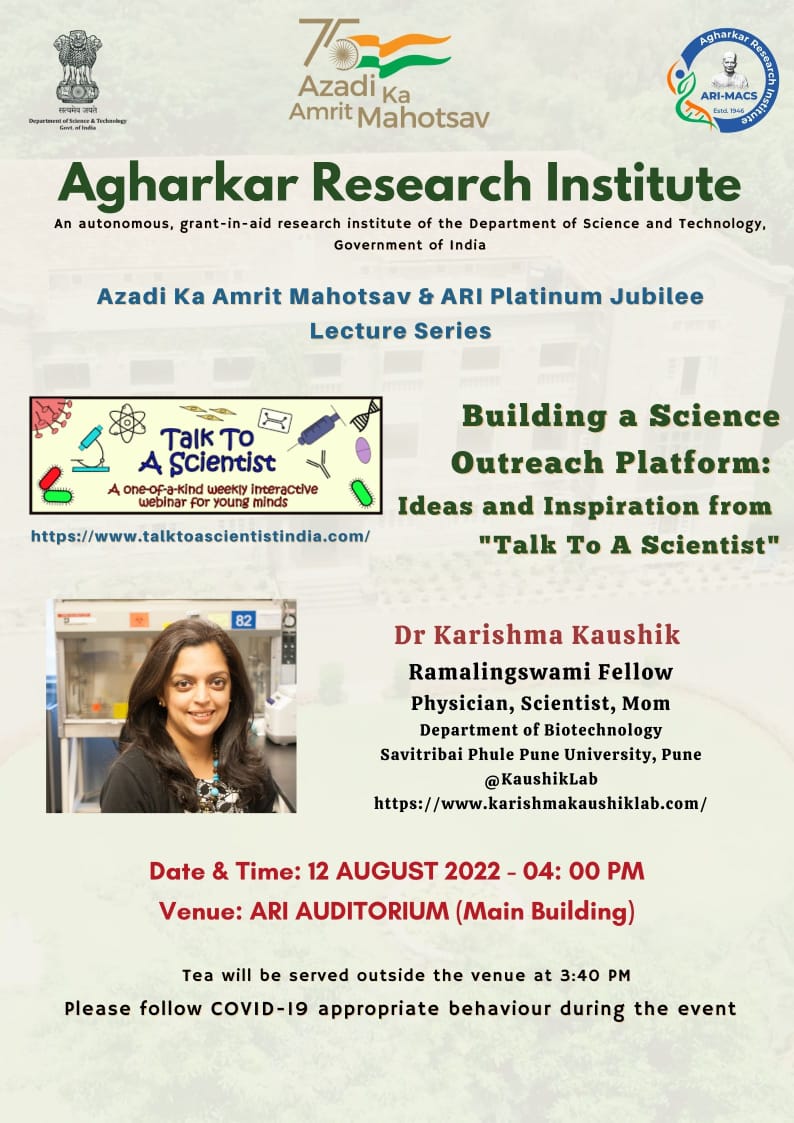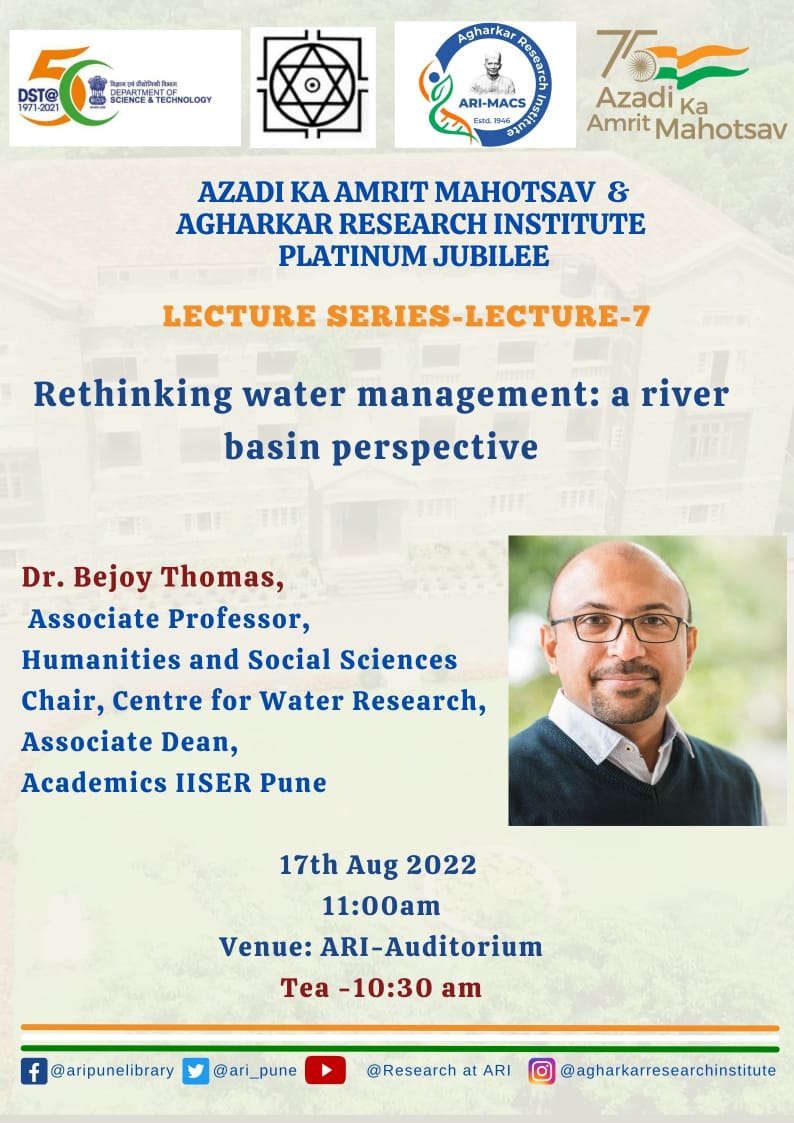
Google Scholar / Social Media
Name : Dr. Dhananjay Bodas
Designation : Scientist – E
Brief Background :
After completing the basic education in Physics, Icompleted thedoctoral dissertation in Microelectronics and was awarded a Ph.D. from the University of Pune in 2004. Later, Imoved to France for first Postdoctoral fellowship awarded by the Defence Ministry of France. On completion of the fellowship tenure, for a brief period, I was appointed as Research Engineer in the same laboratory beforemoving to the Institute of Bioengineering and Nanotechnology, Singapore as a Research Scientist.
However, receipt of the prestigious Alexander von Humboldt foundation postdoctoral fellowship in 2006 was difficult to deny, which brought me back to main stream academic research attheInstitute of Microsystems, Germany. On my return to India, I worked for a start-up bigtecPvt. Ltd., Bangalore. However, due to keen interest in academic research Ichoseacademiaover industry and opted for the position of Associate Professor atthe Department of Instrumentation Science, University of Pune. Currently, Iam working as a Scientist at Nanobioscience group, Agharkar Research Institute, Pune India.
Contact Details :
9120 2532 5127
- 2000-2004 Ph.D. in Microelectronics from the Department of Electronic Science, Savitribai Phule University of Pune, Pune
- 1997-1999 M.Sc. in Applied Physics, from The Maharaja Sayajirao University, Baroda
- 1994-1997 B.Sc. in Physics from The Maharaja Sayajirao University, Baroda
The main objective of my research is to improve quality of life by employing cutting edge technology for development of various biomedical micro devices.
My research has a strong interdisciplinary focus that combines theory and practice in areas of physics, electronics, applied chemistry, biology and micro-fabrication techniques (includes sophisticated instrument handling). Few topics which have been carried out with a common platform, i.e. microfluidics, high degree of creativity and high degree of competitiveness with no quality compromises are sketched.
A microfluidic device was developed which integrated magnetic separation of bacteria in microchannel to detect them optically using quantum dots. This combination reduces time for the enrichment and helps in rapid detection. The assembly uses multiple components like excitation light source, collimating optics, filter and a photodiode to detect the signal. The limit of detection with peptide as recognition element is found to be 10 CFU/mL with the assay time of ~15 min.
Significant improvements in microfluidic based cell culture will take us closer to creating biologically relevant cell environments and hopefully replace animal experimentation in near future. A step towards achieving this goal was by fabricating 3D scaffolds with embedded microchannel. This chip has a porous chamber and channels all fabricated in one easy unconventional step. A system was designed to utilize the chip as substrate for non-perfused as well as perfused cell culture.
A microreactor was designed and fabricated to synthesize highly monodisperse metal/semiconductor/polymer nanoparticles. Understanding the reaction kinetics was given importance during the synthesis process. It was found that nanoparticles can be synthesized with high degree of control using micro volumes and precise temperature.
Currently, my lab is focusing on two main disciplines of research.
1. Diagnostics and
2. Organ-on-chip development.
Publications
1.V Kamat, P Dey, D Bodas, A Kaushik, A Boymelgreen, S Bhansali, Active microfluidic reactor-assisted controlled synthesis of nanoparticles and related potential biomedical applications, J. Mater. Chem. B, 2023 Accepted.
2.T. Sathe, D Bodas, Development and characterization of a polydimethylsiloxane-cellulose acetate hybrid membrane for application in organ-on-a-chip, Materials Science & Engineering B, 291 2023 116366.
3.S Pandey, P Choudhary, S Jadhav, V Gajbhiye, D Bodas, In vivo imaging of prostate tumor targeted using folic acid conjugated quantum dots, Cancer Nanotechnology, 14:30 2023 1-11.
4.S Pandey, D Bodas, Exploiting the UV excited size-dependent emission of PDMS-coated CdTe quantum dots for in vitro simultaneous multicolor imaging of HepG2 cellular organelles, Materials Advances, 4 2023 1694.
5.S Pandey, D Bodas, Effect of micro-impeller geometries on mixing in a continuous flowactive microreactor, Materials Science & Engineering B 283 2022 115843.
Patents
- D Bodas, A process for preparation of polymer coated fluorescent Semiconductor nanocrystals under mathematically derived Process parameters TEMP/E-1/41123/2022-MUM
- Y Karpe, V Gajbhiye, D Bodas and P Dhakephalkar, “Nucleic acid-based test kit to detect viral RNA, DNA, other biomolecules and an assay thereof” TEMP/E-1/31284/2021-MUM
- D Bodas and KM Paknikar, “Method of fabricating microstructures in PDMS” 2782/MUM/2010
- S Agrawal, KM Paknikar and D Bodas, “Polymer coated fluorescent semiconductor nanocrystals” 413/MUM/2014. GRANTED
- S Agrawal, KM Paknikar and D Bodas, “Bacteriophage based microfluidic assay for bacterial detection” 414/MUM/2014. GRANTED
- S Agrawal, KM Paknikar and D Bodas, “Microfluidic biosensor for the detection of pathogens” 415/MUM/2014.
- D Bodas, P Kulkarni, B Joshi, “Separation of serum by paper based microfluidics and estimation of different forms of iron using camera phone” 416/MUM/2014. GRANTED
- V Kulkarni, D Bodas, KM Paknikar, “3D porous scaffolds for cell culture and tissue engineering” 417/MUM/2014.
- D Bodas and KM Paknikar, “Microchip based portable real time polymerase chain reactor” E1/2763/2016MUM.




